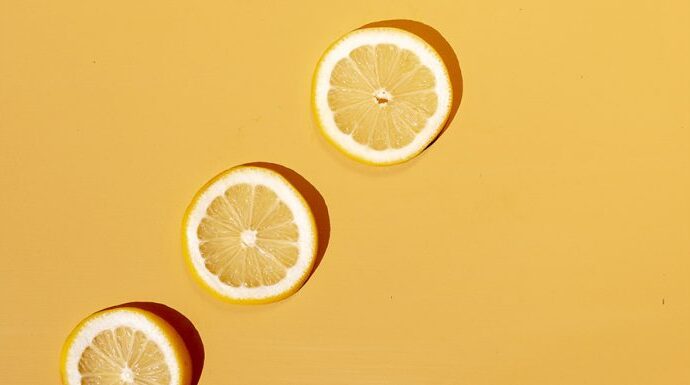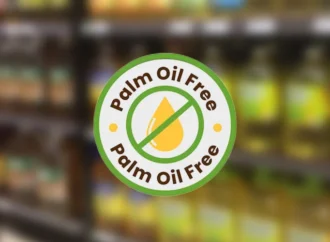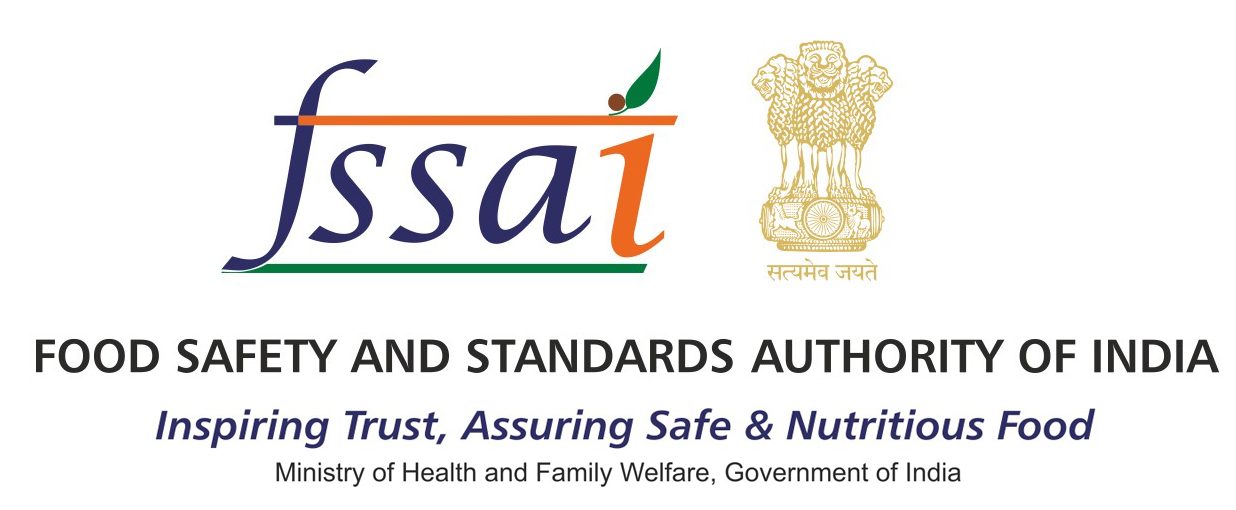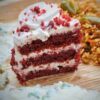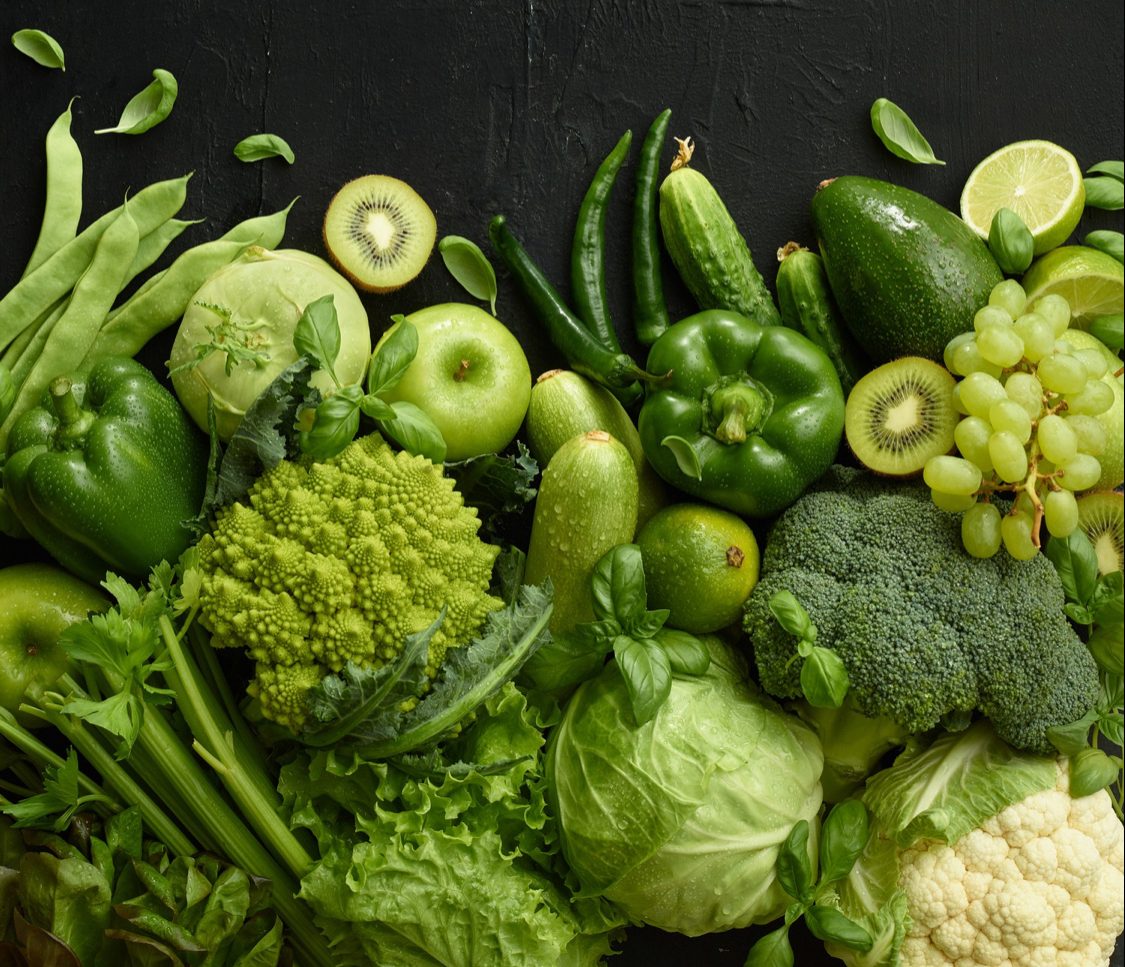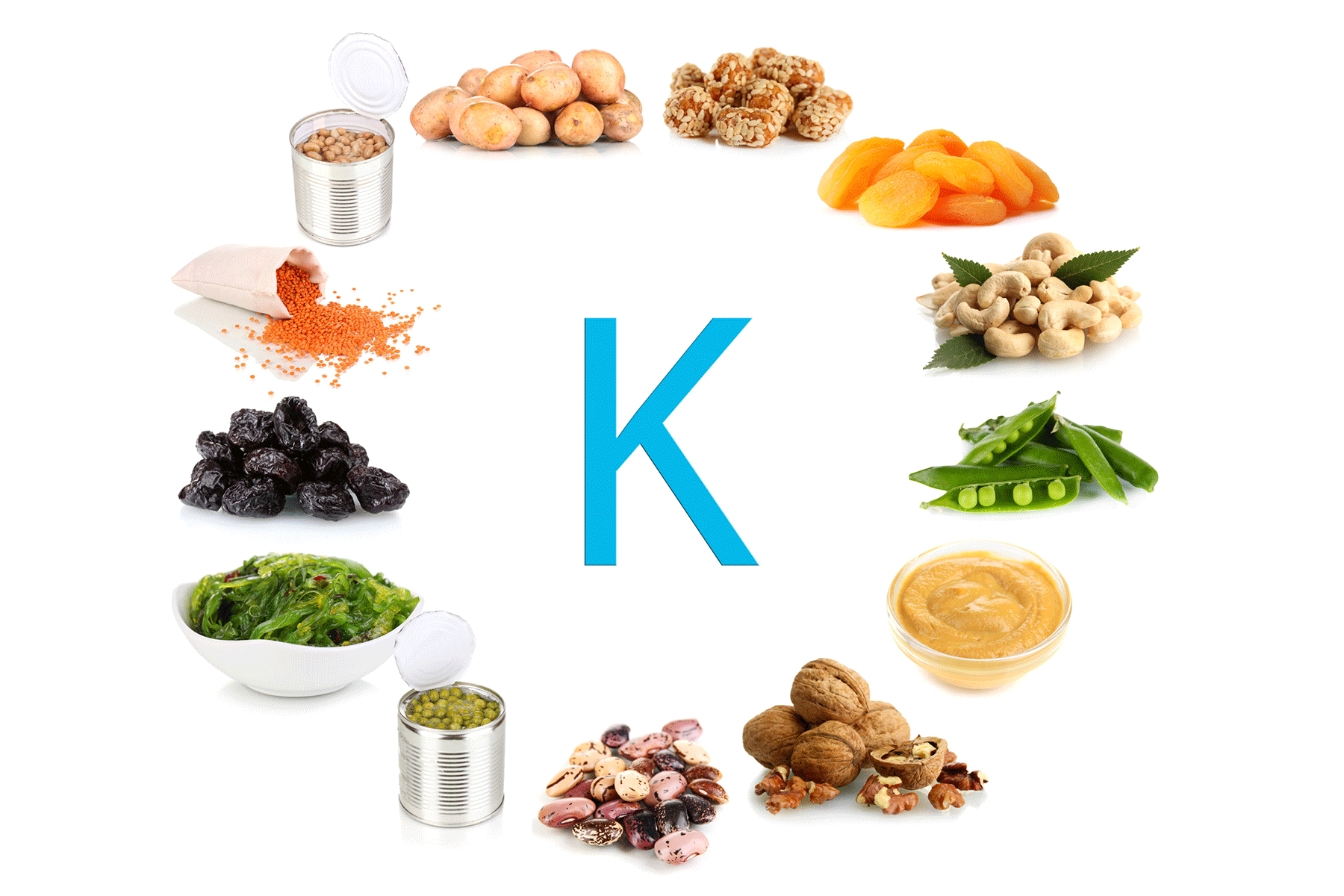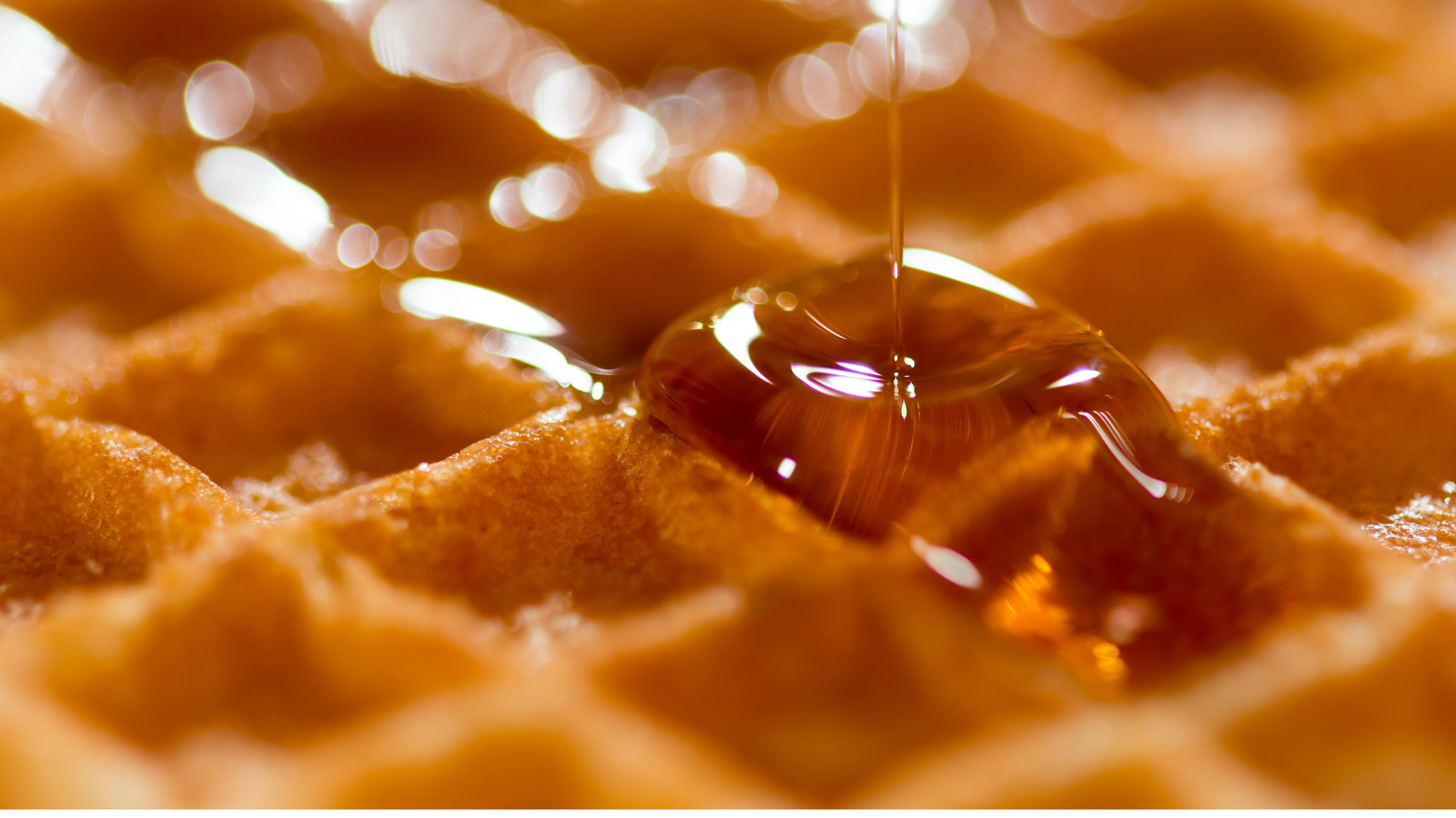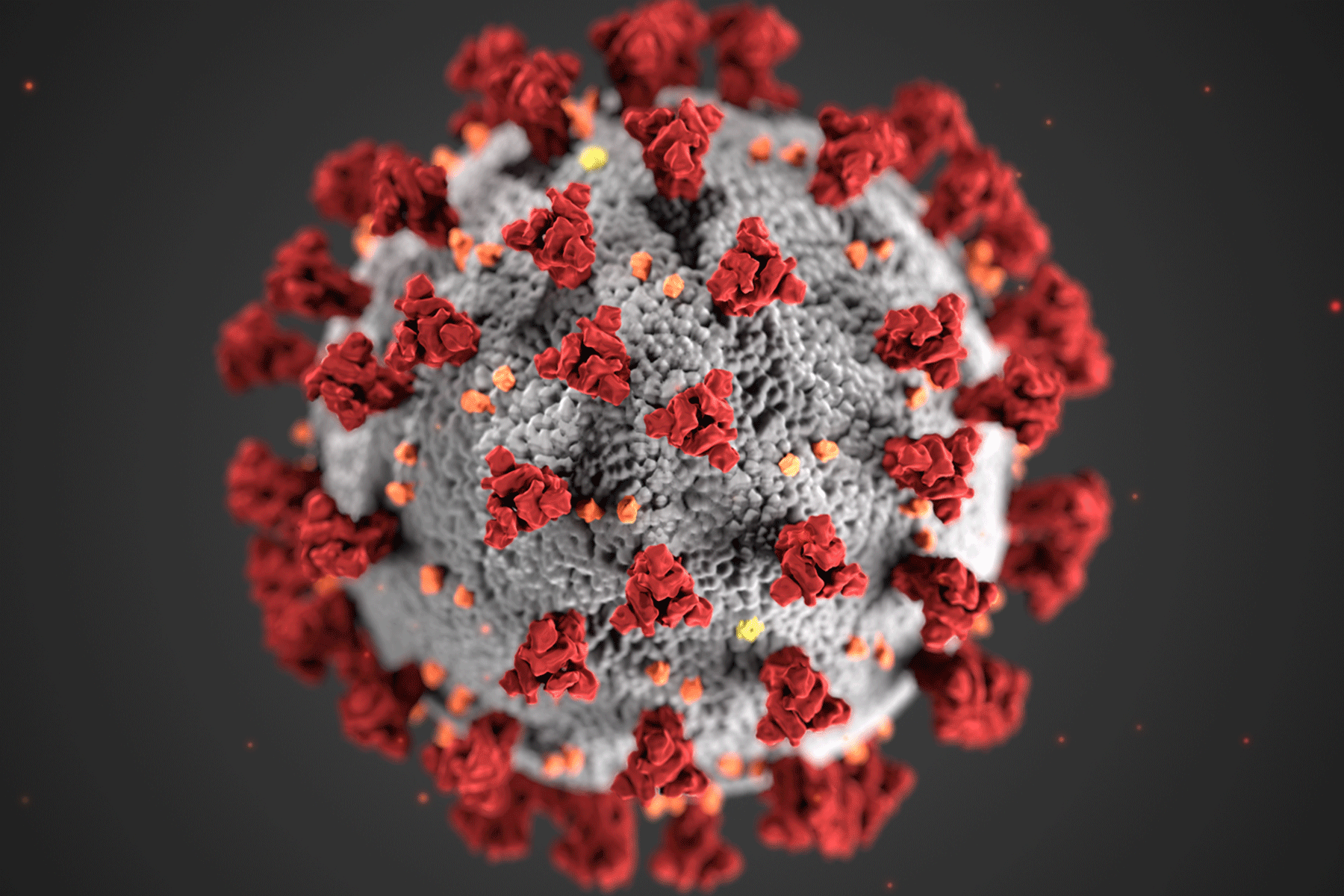Sunset Yellow, a synthetic food colouring agent, widely enhances the visual appeal of foods, beverages, and cosmetics. Known for its bright orange-red hue, it commonly appears in processed snacks, drinks, and some medications. While it plays a key role in improving product aesthetics, concerns over its potential health risks—particularly for children—have raised alarms. These risks include allergic reactions, hyperactivity, and gastrointestinal issues. As consumers and manufacturers increasingly seek healthier options, understanding these risks and exploring safer alternatives has become essential. Keep reading to learn more about Sunset Yellow, its uses, applications, and potential side effects as a food dye.
What is Sunset Yellow?
Sunset Yellow is an azo dye, a synthetic food colourant derived from petroleum-based sources. In Europe, it is known by its E number (E110), and in the United States, it is referred to as FD&C Yellow No. 6. It typically comes in a powder or granular form and is water-soluble, allowing it to blend easily into a wide range of food and beverage products.
Primary Uses and Applications of Sunset Yellow
The food industry primarily uses Sunset Yellow to give products an attractive orange or yellow colour. It’s not limited to food and beverages; this dye also finds its way into pharmaceuticals and cosmetics. Here are some common products containing Sunset Yellow:
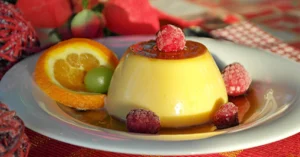
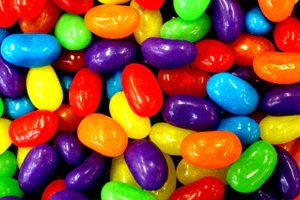
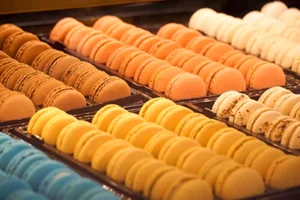
- Baked Goods: Cakes, pastries, and cookies often use Sunset Yellow to improve their visual appeal.
- Beverages: Soft drinks, fruit juices, flavoured water, and energy drinks feature the dye to achieve an appealing hue.
- Snacks and Candy: Popular snacks like chips, candy, and chewing gum incorporate Sunset Yellow to boost colour.
- Sauces and Condiments: Mustard, ketchup, and salad dressings often include them to enhance their look.
- Dairy Products: Certain cheeses, ice creams, and dairy desserts use it to create a more eye-catching product.
- Pharmaceuticals and Cosmetics: Beyond food, Sunset Yellow appears in tablets, syrups, lipsticks, and lotions.
Chemical Composition and Stability
Sunset Yellow, chemically known as 6-hydroxy-5-[(4-sulfophenyl)azo]-2-naphthalene sulfonic acid, typically appears as a disodium salt. It can withstand heat up to 205°C (401°F) without breaking down. However, it fades when exposed to sulfur dioxide or mild alkaline environments. Manufacturers prefer Sunset Yellow due to its stability and water solubility, as it helps maintain consistent colour throughout a product’s shelf life.
Health Concerns and Potential Side Effects
Although health authorities approve Sunset Yellow for use, concerns about its safety persist. Some potential side effects associated with the dye include:
- Allergic Reactions: Some individuals experience allergic symptoms, such as rashes, swelling, or hives. In rare cases, it can lead to more severe reactions, like asthma-like symptoms.
- Hyperactivity in Children: Sunset Yellow has been linked to hyperactivity and attention disorders in children. The 2007 Southampton study suggested that artificial food colourings, including Sunset Yellow, could exacerbate behavioural issues in children aged 3-9. Consequently, the European Union mandates a warning on products containing Sunset Yellow: “May impair attention and activity in children.”
- Gastrointestinal Issues: Some individuals experience digestive problems, such as upset stomach, diarrhoea, or nausea after consuming foods with Sunset Yellow. There have also been reports of headaches and sinus issues.
- Carcinogenic Concerns: Ongoing research suggests a potential link between long-term consumption of high levels of artificial colourants like Sunset Yellow and an increased cancer risk. However, regulatory limits ensure that the dye is used at safe levels in food products.
- Impact on Intestinal Health: A 2021 study found that Sunset Yellow might affect the small intestine’s mucous membrane. Laboratory tests showed that it could contribute to inflammation, potentially triggering conditions like irritable bowel syndrome (IBS).
Regulatory Guidelines and Safety Measures
In India, the Food Safety and Standards Authority of India (FSSAI) regulates the use of Sunset Yellow as a food colouring agent. FSSAI sets guidelines for acceptable limits of various food additives, including artificial colourants like Sunset Yellow. The authority approves Sunset Yellow (also known as Tartrazine in some cases) for use in specific food categories, ensuring it stays within prescribed safety limits.
The acceptable daily intake (ADI) for Sunset Yellow in India is set at 0-5 mg per kg body weight, aligning with international standards. FSSAI actively monitors food products to ensure they do not exceed these limits. However, concerns about the dye’s potential health effects, especially in children, have grown. Health experts and consumer advocacy groups in India have raised alarms about risks such as hyperactivity, allergic reactions, and other side effects, urging for stricter regulations and greater consumer awareness.
While Sunset Yellow remains approved in India, several countries, including Norway and Finland, have banned the dye due to concerns about its behavioural effects on children. As consumer demand for cleaner, natural ingredients grows, India’s food industry may eventually follow global trends and reduce its reliance on synthetic colourants.
Alternatives to Sunset Yellow
With growing health concerns about synthetic food dyes, many manufacturers are turning to natural colourants. Some popular alternatives include:
- Turmeric: Used to create a vibrant yellow or golden hue.
- Beet Juice: Adds rich red or pink colour.
- Spirulina: Provides a vibrant green colour from blue-green algae.
- Paprika: Delivers a reddish-orange shade, similar to Sunset Yellow.
These natural colourants not only offer vibrant colours but also bring additional health benefits, such as antioxidants and anti-inflammatory properties.
Conclusion
While Sunset Yellow is a popular and widely used food dye, its potential health risks have raised significant concerns. Allergies, hyperactivity in children, and digestive issues are just a few of the side effects linked to its use. As demand for healthier, natural alternatives grows, consumers can make informed choices by opting for products that use natural colourants like turmeric, beet juice, and paprika. By prioritizing safety and being mindful of food labels, we can reduce exposure to synthetic additives and support the shift toward cleaner, safer ingredients in the food industry.
 Food Manifest
Food Manifest 